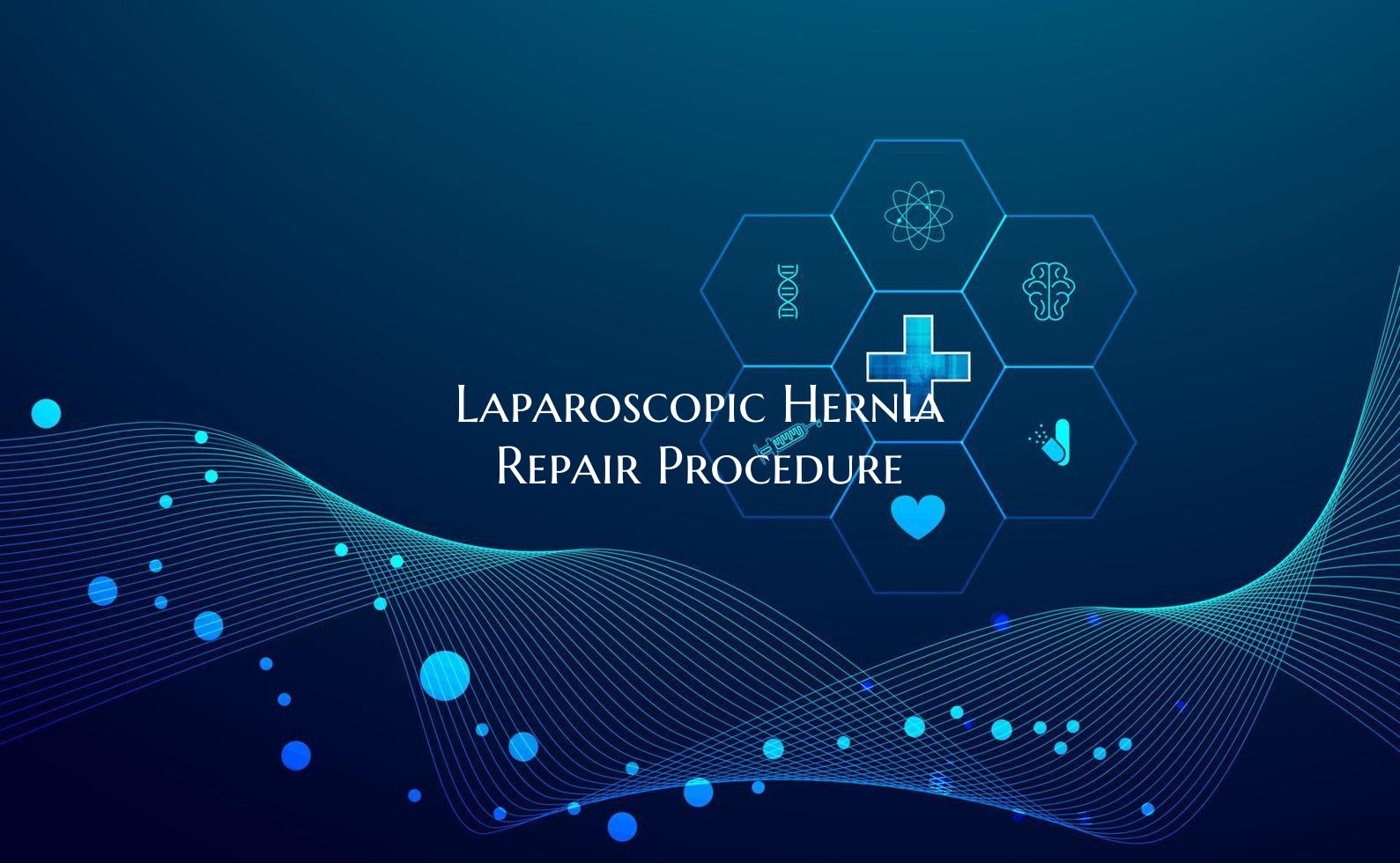
Laparoscopic Hernia Repair Procedure
Laparoscopic Hernia Repair: A Minimally Invasive Solution
A hernia occurs when an organ or fatty tissue protrudes through a weak spot in the surrounding muscle or connective tissue. While hernias can develop in various parts of the body, such as the abdomen or groin, they often require surgical intervention to prevent complications. One of the advanced techniques used to repair hernias is the laparoscopic hernia repair procedure.
Laparoscopic hernia repair, also known as minimally invasive hernia surgery, offers several advantages over traditional open surgery. During a laparoscopic procedure, the surgeon makes small incisions in the abdomen and inserts a thin, flexible tube with a camera (laparoscope) and specialized surgical tools. The camera provides a magnified view of the internal structures, allowing the surgeon to repair the hernia with precision.
One of the key benefits of laparoscopic hernia repair is its minimally invasive nature, which results in smaller incisions, less postoperative pain, and quicker recovery times compared to open surgery. Patients undergoing laparoscopic hernia repair typically experience less scarring and a lower risk of complications, such as infections and hernia recurrence.
Moreover, laparoscopic hernia repair offers improved cosmetic outcomes, as the smaller incisions lead to minimal scarring and a better aesthetic result. Additionally, the reduced trauma to surrounding tissues during laparoscopic surgery can result in less postoperative discomfort and a faster return to normal activities for the patient.
Overall, laparoscopic hernia repair is a safe and effective procedure for treating various types of hernias. By utilizing advanced technology and surgical techniques, laparoscopic surgery offers patients a less invasive option with faster recovery times and improved outcomes. If you are considering hernia surgery, talk to your healthcare provider about the benefits of laparoscopic hernia repair and whether it may be a suitable option for you.